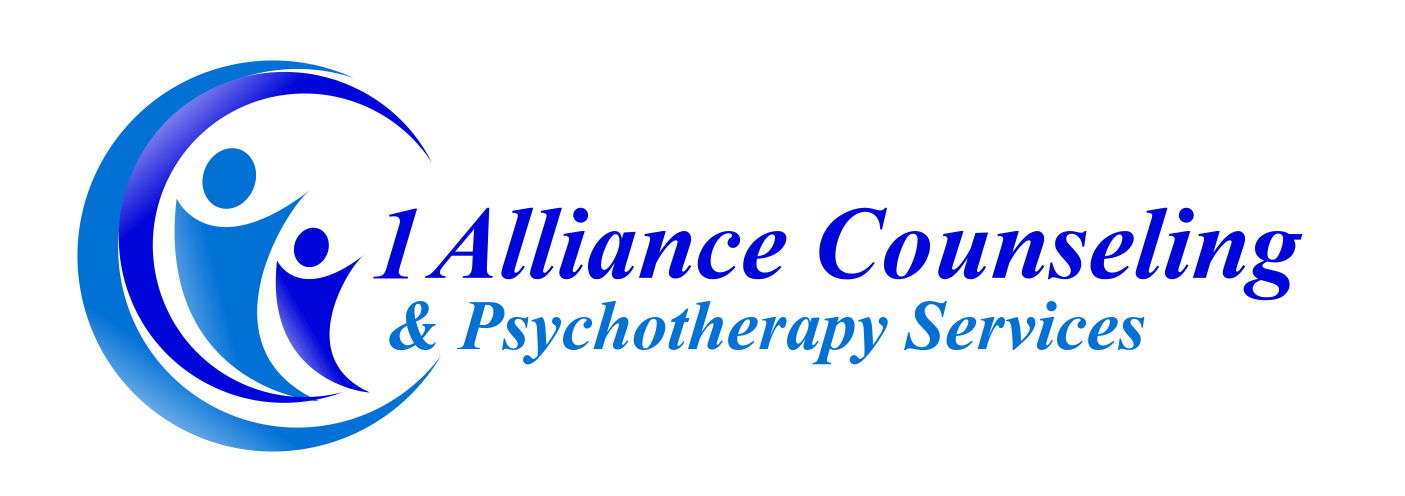Seasonal Affective Disorder (SAD) is a type of depression that occurs in a seasonal pattern, primarily during the fall and winter months when daylight hours are shorter and exposure to natural sunlight is reduced. SAD is believed to be linked to changes in light, which can disrupt the body’s internal biological clock, leading to mood and sleep disturbances.
Common symptoms of SAD include persistent feelings of sadness, lack of energy, changes in appetite and weight, difficulty concentrating, and increased sleepiness. People with SAD often find it challenging to engage in their usual activities and may withdraw socially during the winter months.

While the exact cause of SAD is not fully understood, it’s believed to be related to variations in light affecting the body’s production of melatonin and serotonin, two neurotransmitters that play a crucial role in regulating mood and sleep. Individuals living in regions with long, dark winters are more susceptible to SAD.
Treatment options for SAD typically involve light therapy, where individuals are exposed to bright artificial light, often in the mornings, to help regulate their body’s internal clock. Psychotherapy and medication can also be beneficial for managing the symptoms of SAD. Lifestyle changes, including maintaining a regular sleep schedule, staying physically active, and managing stress, can provide additional support for those affected by this condition.
Awareness and understanding of Seasonal Affective Disorder are vital for affected individuals to seek timely help and better manage their symptoms during the darker months of the year.
